A Quick Turn Prototype is a type of rapid prototyping that involves quickly producing a functioning prototype of a product or component in a short amount of time. This process typically involves using computer-aided design (CAD) software and 3D printing or other rapid manufacturing techniques to produce the prototype.
Why is it Useful?
Quick Turn Prototyping is useful because it allows our designers and engineers to test and refine their designs quickly and efficiently. By producing a functional prototype in a short amount of time, our designers can identify and address any issues or flaws in the design early in the development process, before investing a lot of time and resources into a full-scale production run.
Quick Turn Prototyping also enables our designers to iterate their designs rapidly, testing out different design variations and modifications to see what works best. This can help to accelerate the product development process and reduce the time to market, giving companies a competitive advantage.
A Valuable Tool
Quick Turn Prototyping is a valuable tool for product development, allowing our designers and engineers to quickly and efficiently create and refine prototypes that can help to improve the quality and functionality of the final product.
This can help to identify and address any issues or flaws in the design early in the development process, before investing a lot of time and resources into a full-scale production run. By creating and testing multiple prototypes in a short amount of time, designers can make iterative improvements to the design based on feedback and testing results. This process can help to improve the functionality, durability, and user experience of the final product, leading to better customer satisfaction and a competitive advantage in the marketplace.
By quickly producing and testing prototypes with different design elements or features, designers can identify the optimal design for the product, helping to ensure that the final product meets the needs of the target market. It’s a powerful tool for refining prototypes, enabling designers and engineers to quickly and efficiently create and test multiple iterations of a design, leading to a better final product.
Why Do We Use it?
Euro Machining, like many other companies in the manufacturing industry, uses Quick Turn Prototyping because it offers several advantages in terms of product development and production.
One of the primary reasons why Euro Machining uses Quick Turn Prototyping is that it allows the company to quickly produce functional prototypes of components or products. This can be particularly useful for complex or highly specialized components, where it may be difficult or time-consuming to produce prototypes using traditional manufacturing methods. Quick Turn Prototyping allows Euro Machining to test and refine their designs quickly, identifying any issues or flaws before proceeding with full-scale production.
Quick Turn Prototype Advantages
Another advantage of Quick Turn Prototyping is that it can help to reduce the time and cost associated with product development. By quickly producing and testing prototypes, Euro Machining can identify design improvements and make necessary modifications without having to start the production process over from scratch. This can help to accelerate the product development process and reduce costs associated with rework and redesign.
Quick Turn Prototyping also enables Euro Machining to test out different design variations and modifications to see what works best. By rapidly producing and testing multiple prototypes, Euro Machining can identify the optimal design for the component or product, helping to ensure that the final product meets the needs of their customers.
Overall, Quick Turn Prototyping is a valuable tool for Euro Machining and other manufacturing companies, enabling them to quickly and efficiently produce functional prototypes, identify design improvements, and accelerate the product development process while reducing costs.
Contact Us
Interest in learning more? Contact us today.

